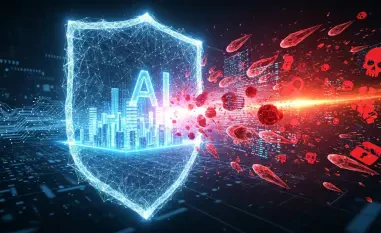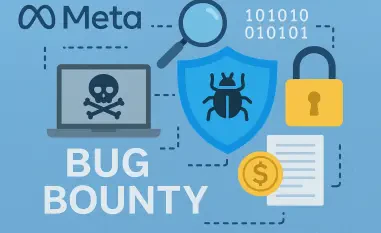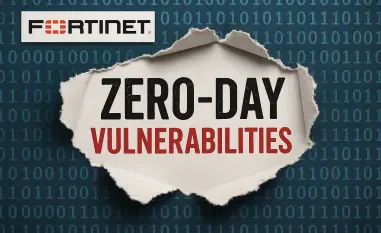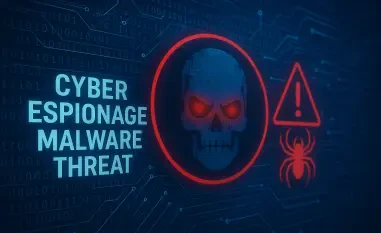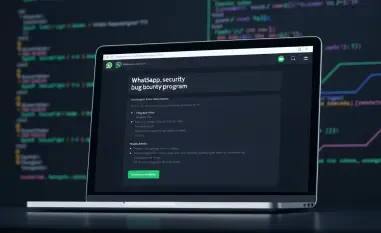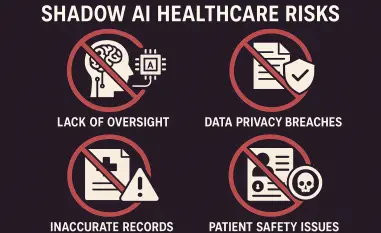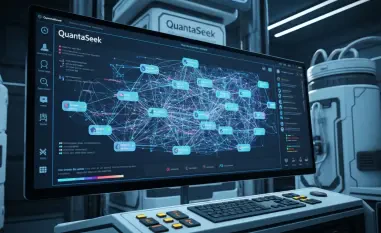In the ever-evolving landscape of artificial intelligence, the security of non-human identities linked to AI agents, chatbots, and automation scripts poses a significant challenge. These virtual entities play a crucial role in streamlining operations and managing data, yet their invisibility and extensive capabilities present potential security risks. Cybercriminals have increasingly targeted these non-human identities to breach systems, spread malware, and execute data theft. As these entities are difficult to track and manage using existing security frameworks, organizations must adopt advanced strategies to protect their digital infrastructures from such threats. The emergence of these invisible yet influential entities necessitates a paradigm shift in how security measures are applied.
Overcoming Security Gaps
The inadequacies of traditional Identity and Access Management (IAM) tools become evident when addressing the complex risks posed by non-human identities. Given their digital nature, these entities can be manipulated without immediate detection, making it difficult to implement effective oversight. This challenge is compounded by the sheer volume of data they handle, often without adequate monitoring. Cyber attackers exploit these vulnerabilities, gaining unauthorized access to cloud infrastructures and data warehouses. Consequently, the cybersecurity landscape demands more sophisticated, scalable solutions that can monitor and manage such entities efficiently. The solution lies in developing agile security protocols, designed to keep up with technological advances, specifically tailored to the needs of non-human identities.
Proactive Strategies for Security Leaders
Presently, security leaders must not only understand the limitations of existing measures but also seek new methodologies for safeguarding non-human identities. Addressing these challenges requires a robust, proactive approach that encompasses innovative tools and real-time surveillance. The integration of AI-driven security platforms can offer a more dynamic defense, capable of identifying anomalies and preventing unauthorized access in real time. For organizations, the emphasis should be on cultivating a comprehensive strategy that includes regular audits, training sessions, and the deployment of cutting-edge technologies. As threats continue to evolve, maintaining vigilance and updating security practices continuously ensures resilience against potential breaches. With these considerations, security leaders can guide their teams to mitigate risks effectively, fortifying their systems against destructive incursions.



